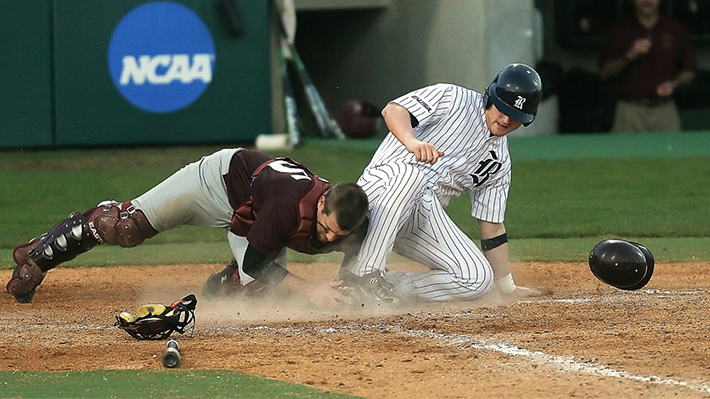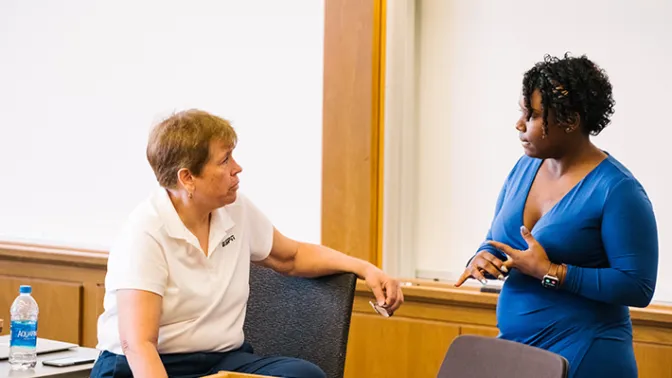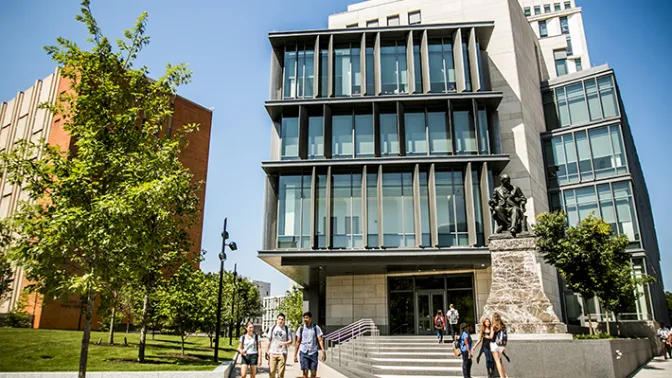
How Does the NCAA's New Transfer Rule Impact College Athletes?
Last month, the NCAA unexpectedly announced a proposal to change the longstanding first-time transfer rule to allow all Division I athletes to immediately play at the new school if they meet established criteria. The announcement came as a surprise. Even more of a surprise is how quickly the rule change would go into effect: fall 2020.
While some are celebrating this move as a step in the right direction for college athletes, others are concerned about the NCAA’s motives according to a Feb. 26 Sports Illustrated article. Ellen Staurowsky, EdD, professor in the Sport Management program of the LeBow College of Business, explained what the rule change means for college athletes and why the NCAA’s quick move should be noted.
Q: What would the proposal to change the transfer waiver process mean for college athletes?
Staurowsky: Under current NCAA policy, first-time transfers can immediately compete for their new teams in all sports except baseball, men’s and women’s basketball, football and men’s ice hockey. Supported by the Big Ten and the Atlantic Coast Conference (ACC), the latest proposed change to the transfer waiver process liberates athletes in those five sports from the requirement of serving a year in residence before competing and unifies the process for athletes who meet established criteria.
Moving forward, should the proposal be approved in April of 2020 by the NCAA Division I Council, athletes in all sports seeking to transfer for the first time would be immediately eligible to compete if they were released from their previous institution, were academically eligible when they left their previous institution, were able to maintain their academic progress at their new institution and were under no disciplinary suspensions.
Notably, this proposed change does not alter the existing NCAA bylaw on transfers but expands the reach of the waiver process so that it covers this group of athletes who were singled out and treated differently than other NCAA Division I athletes in the transfer process.
Read more on the Drexel News blog.


